Evolving technology also means evolved digital threats, and naturally, businesses today grapple with an increasingly complex threat landscape for their data. With cybercriminals and other disruptive forces growing more sophisticated, ensuring effective data protection and disaster recovery has never been more important.
Recent data reveals а troubling reality: 79% of companies have experienced at least one cloud data breach, and 43% have faced 10 or more breaches. Furthermore, 76% of organizations have experienced critical data loss, with 45% losing their data permanently.
Despite the growing adoption of cloud solutions—92% of organizations are currently hosting some data in the cloud—traditional backup practices often fall short. Only 57% of backups are successful, and 61% of restores meet the desired outcome.
This article examines the latest statistics and market research to outline where organizations stand today in these crucial areas.
A Troubling Rise in Security Incidents and Data Loss
Recent surveys indicate а troubling increase in security incidents and data loss. According to the 2024 State of the Backup survey, approximately 78% of companies use up to 10 different solutions for data security, yet cyberattacks and downtime persist. Hackers targeted backup repositories in 93% of ransomware incidents in 2022, raising concerns about the effectiveness of current protective measures.
Preparedness is also lacking. Only 54% of companies had а documented disaster recovery plan in 2021, and many test their plans infrequently. 7% of organizations conduct no testing at all, which leads to inadequately documented processes and increased risk.
Ransomware Remains the Gravest Threat
Ransomware continues to be а significant threat. The 2024 State of Ransomware report highlights that а business was attacked every 11 seconds in 2023. Total ransom payments exceeded $20 billion USD. Despite paying ransoms, 60% of victims reported incomplete data recovery or further system breaches. The average ransom payment exceeded $150,000, yet victims typically recover only about 60% of their data.
Backup Effectiveness Lags Behind
Traditional backups often fall short. A survey of 300 IT decision-makers revealed that only 56% of recoveries using backups were successful. 84% of organizations rely on cloud drives, and 70% use sync services, which are not true backups. This insufficiency means that many businesses struggle to protect and recover their data effectively.
Human Error Remains а Core Vulnerability
Human mistakes are а significant factor in data loss. Analysts report that 51% of outages are due to preventable human errors. Inadequate disaster recovery documentation and poor security practices exacerbate these issues. Comprehensive training and regular testing can mitigate these risks.
Proper Planning and Testing Is Critical
Proper planning and testing of disaster recovery capabilities are essential. The 2024 Business Backup Survey found that 73% of organizations paid ransoms in 2023 but only recovered 60% of their data. Organizations with frequent disruptions face costs up to 16 times higher than more resilient firms. Proper documentation and frequent testing can help avoid these costly disruptions.
Common Data Protection Fallacies
Many companies rely on misguided approaches. The 2024 Business Backup Survey found that 84% of companies primarily use cloud sync services for offsite backups, which do not qualify as true backups. Furthermore, hackers targeted backup repositories in 93% of ransomware attacks in 2022. Selecting а proper mix of solutions is crucial for effective data protection.
Additional research reveals concerning trends:
- 64% of IT leaders failed recovery tests in 2024.
- Most organizations update disaster recovery documentation only once а year or less.
- 73% of firms experienced downtime in 2022, with average incident costs totaling over $500,000.
The Risks of Cloud Failures and Downtime
The widespread adoption of cloud infrastructure introduces new risks. IDC predicts that by 2030, half of global GDP will be digitized and stored in the cloud. However, cloud outages pose severe risks, with major providers suffering over 500 hours of downtime in 2022. Businesses must prepare for cloud-based incidents with the same diligence as other threats.
Critical Gaps in Data Backup Practices
A 2024 Business Backup Survey included 300 IT decision-makers across the U.S. One of the most striking findings is that 84% of IT decision-makers report their organizations utilize cloud drive services, which rely on syncing data to the cloud, for off-site data backup. Cloud drives, while useful for file storage and sharing, may not protect against file corruption or accidental deletion.
39% of IT decision-makers report that their organizations need to restore data from backups at least once а month. Top reasons include requests for archived or deleted data (62%), backup software failure (54%), hard drive failure (52%), and accidental file deletions (45%).
Frequency of Cloud Data Breaches
- 43% of companies have reported 10 or more breaches.
- 92% of organizations are currently hosting at least some data in the cloud.
- 54% of businesses use applications moved to the cloud from on-premises environments.
Causes of Data Loss
- 45% of those businesses lost their data permanently.
- 64% of downtime events are related to human errors.
- 67% of Americans with computers have accidentally deleted something.
- 25% of SaaS data loss incidents are due to malicious deletion.
- 20% of SaaS data loss incidents are due to accidental deletion.
Account Takeover and Ransomware
- 75% of organizations globally experienced а social engineering attack.
- 59% of ransomware incidents involve data in the public cloud.
- 97% of modern ransomware incidents attempt to infect backup repositories.
Hard Drive Failure and Service Outages
- 22% of SaaS data loss is due to service outages.
- 48% of Americans have had an external hard drive crash.
- 21% of hard drive crashes occurred in the last year.
Natural Disasters
- 5% of business downtime is caused by natural disasters.
Backup and Recovery Practices
- 24% of organizations have а mature disaster recovery plan.
- 10% of IT users back up their data daily.
- 15% of IT managers follow best backup practices.
- 28% of organizations back up research and development data.
Cost and Effectiveness of Backups
- Breaches in а hybrid cloud environment cost less on average compared to private or public cloud environments.
- 26% less is the average cost of а data breach for organizations using а hybrid cloud storage model.
Market Trends
- The cloud backup market size grew from $1.2 billion in 2017 to $4.5 billion today.
- Expected market size of $13.85 billion by 2028, with а compound annual growth rate of 24.84%.
Managed Services Providers: A Crucial Partner
Faced with such widespread weaknesses and growing dangers, it is clear that disaster recovery and data protection demand renewed attention. For most firms, achieving robust, thoroughly tested solutions can be an arduous undertaking—but one with major impacts on resilience and the bottom line. This is where managed security services providers (MSSPs) play an indispensable role.
MSSPs specialize in delivering managed backup, disaster recovery and cybersecurity capabilities through expert guidance, oversight of technologies and processes, and ongoing maintenance. With 22% of SaaS data loss attributed to service outages and 76% of organizations experiencing critical data loss, the role of MSSPs becomes increasingly vital. ATSG’s Disaster Recovery as а Service (DRaaS) offering is powered by а best-in-class global infrastructure, with deep security and compliance skills. This enables even resource-constrained firms to institute enterprise-grade protections with minimal long-term costs or administrative burdens.
Looking Ahead
The threats to organizations’ data show no signs of abating. The cost of data breaches remains high, with the average breach cost at $3.86 million USD, and 59% of ransomware incidents involve data in the public cloud. However, with greater awareness of deficiencies as highlighted by the statistics above, as well as intelligent partnerships with capable MSSPs, businesses stand to emerge far better defended. Continued diligence applying lessons from the latest research, coupled with offloading routine security tasks, provides а scientifically-proven path for strengthening protections today and driving resiliency goals of the future.












